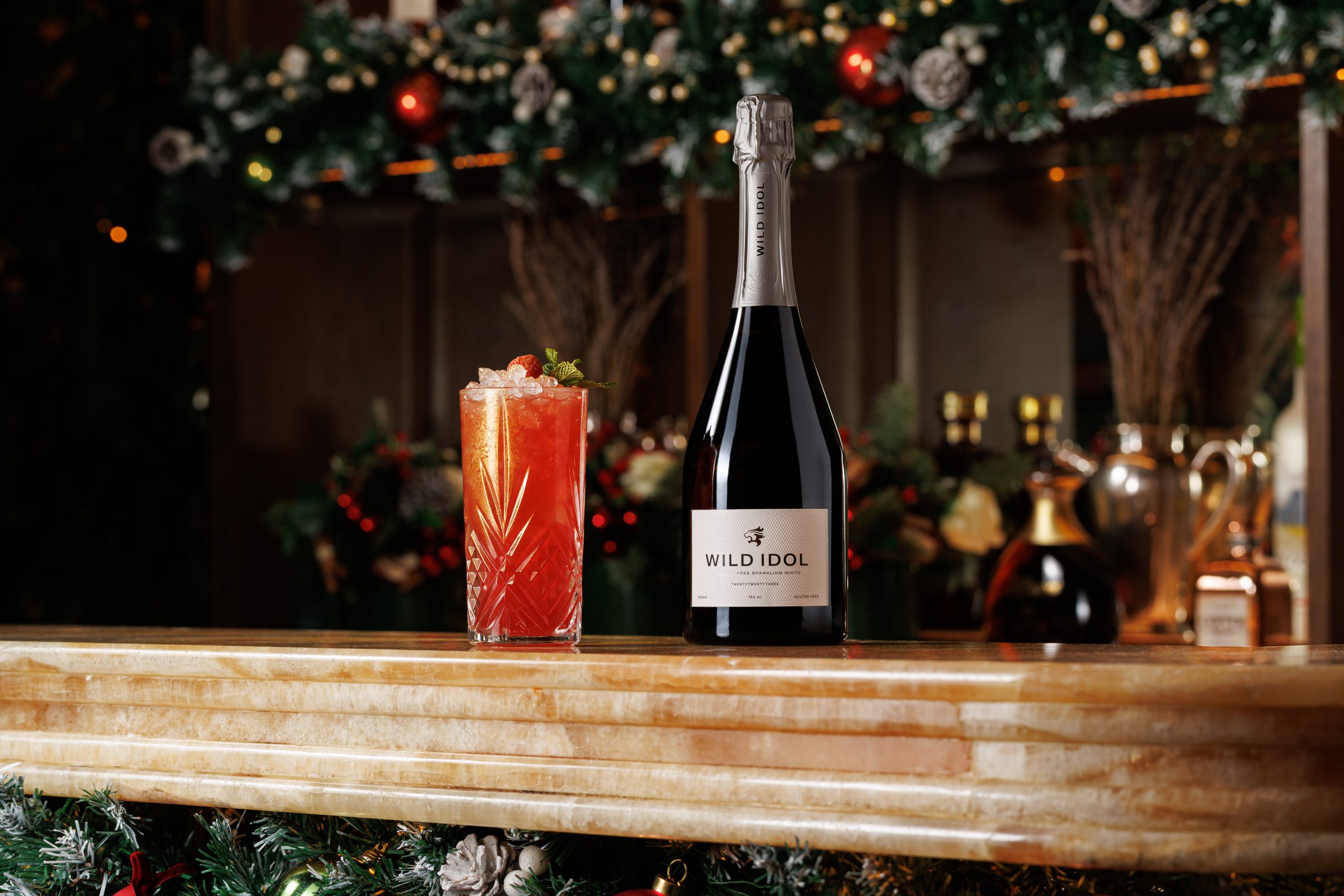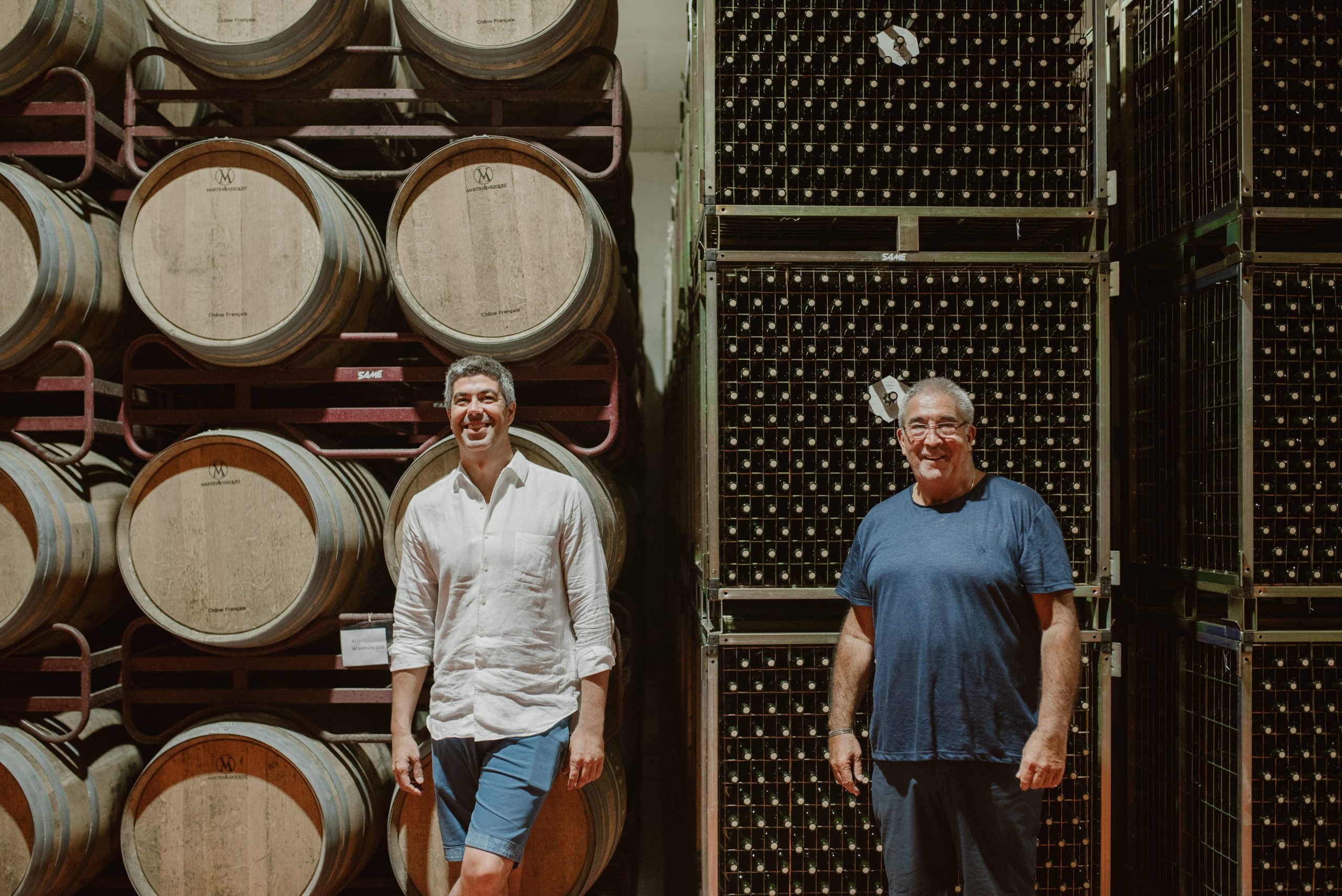MARKETING: Difficult to drive
d=”standfirst”>Despite its long history and strong reputation, the vagaries of the industry and the brand’s laissez-faire approach would make a BMW marketing exec accelerate away at speed from Bouchard Père et Fils, writes Patrick Schmitt
What would BMW’s marketing department make of a brand like Bouchard Père et Fils (BPF)? On the one hand you’ve got over 400 years of history; a centenary to celebrate for its leading label (Beaune du Château, 1907-2007); large scale ownership of the finest vineyard sites in Burgundy – and therefore the world; a product made from two of the most prized varietals planted (Pinot Noir and Chardonnay); and a 15th century castle for an office. On the other hand, you are faced with variable supply; rising costs; retailer pressures; a far from even pricing structure; and a reputation not without blemish.
The tap-like expandability and neat business model of a brand such as BMW, with One to Seven series, and increasing prices as you head up the numbered scale, is hard to apply in Burgundy. Of course there is, within Bouchard Père et Fils, and other négotiants and landowners, a range of wines from entry to luxury level, helpfully supported by the region’s longstanding cru system and hierarchy of villages and domains. But neither is this set up simple, or supply easily enlarged.
In particular, hindering an even pricing structure in reds, according to BPF’s export director Bruno Pepin, is the leap from AC Bourgogne to village level. “In reds, if you go from entry level Pinot Noir to even a small village like Savigny there is a big jump in price, making it difficult to build a range to suit all levels.”
However, there is a solution in the form of Greater Burgundy’s Beaujolais, which explains the 4% of BPF’s business here. “We have three lines in Beaujolais, a Villages, a Brouilly and a Fleurie,” points out Pepin, “and these can be used to fill in the price gap – but we are not interested in investing further in the region.”
As for expanding production in Burgundy, this is necessary, but difficult. Newly growing fine wine markets, such as Russia, Korea, China and Australia, are putting an increasing strain on supply. Half of BPF’s grapes come from its own domains and the rest is bought in. Sourcing the latter is becoming increasingly hard, according to Pepin. “A study has shown that grapes released by growers has shrunk by 35% in the last 10 years because more are bottling and building their own market.” As for buying land, the few plots that do come up for sale are extremely expensive. “We are always looking but the price of land is really high. We would love to buy a few more vines in the Côte de Nuits for example, but the few domains that have been sold recently have been at a very high level.”
Then there are retail pressures. Pepin records the ease of shifting BPF’s grand and premier cru wines through the traditional fine wine trade, but difficulty with lower-level Burgundy through more mainstream outlets. While the company can sell its top wines through the likes of Berry Bros, Lay and Wheeler, John Armit and The Wine Society – lending credibility to the brand – it can’t move the likes of Macon-Villages or Pouilly-Fuissé through the same channel.
And here lies the rub. Essentially, at the higher echelons, “price is not an issue, providing the wines are good,” says Pepin. “The concern is at the mid level, the village level.” These are wines that must be mainly sold through the multiple specialists and supermarkets, as well as restaurant trade, and prices can be too high for these sectors.
Then there’s BPF’s core product, Beaune du Château, which straddles the two ends of the retail spectrum in a somewhat uncomfortable middle ground. “As a blended premier cru Burgundy, it is top end for entry level and entry level for top end,” explains Pepin.
Nevertheless, Bouchard appears in fine health. Since Champagne house Joseph Henriot bought the brand in 1995, quality has consistently improved and a strong reputation gradually followed. The range is even undergoing a repackage, which “should be live this year,” says Pepin, adding that “it won’t be a dramatic change – we’ve taken 10 years to get customers used to our current label.”
As for one final marketer’s major headache, Bouchard has no house style – or rather, the house style is not to have one. “Our approach is to respect as much as possible the grapes, and not be dominant in our winemaking,” says Pepin, “so you would find it very hard to pick out our wines blind.” This serves to reflect vintage variation and regional differentiation, both of which are, of course, marked in Burgundy.
In other words, those with a background in marketing should forget their standard business model when it comes to Bouchard Père et Fils, or stick to a company like BMW.
Partner Content
| BPF: a brief history ≡ Maison Bouchard Père et Fils was established by Michel Bouchard and his son Joseph in Beaune in 1731 ≡ The first vineyards were purchased in Volnay in 1791 ≡ Its current home, the Château de Beaune, was bought in 1810 ≡ In 1995 Bouchard Père et Fils was bought by Joseph Henriot ≡ Henriot has invested in vineyards, winemaking and restored the 15th century Château de Beaune. ≡ In 1998, Bouchard Père et Fils bought Chablis producer William Fevre ≡ Bouchard Père et Fils currently owns 130 hectares, all located in the Côte d’Or ≡ Two thirds of these vineyards are premier and grands crus level ≡ BPF source grapes from another 125/130ha of vineyards, and some must and wines for less expensive lines ≡ Total exports amount to approx 200,000 cases sold to 90 different markets ≡ William Fevre owns 47ha of land (15ha grands crus – the largest GC owner – 12ha of premiers crus and 20ha of Chablis). In addition to this production (approx 30,000 cases), it sources grapes from other AOC (Saint-Bris, Petit-Chablis, Montmains, Vaillons, Mont de Milieu and Fourchaume). 80% is exported |
© db March 2008




